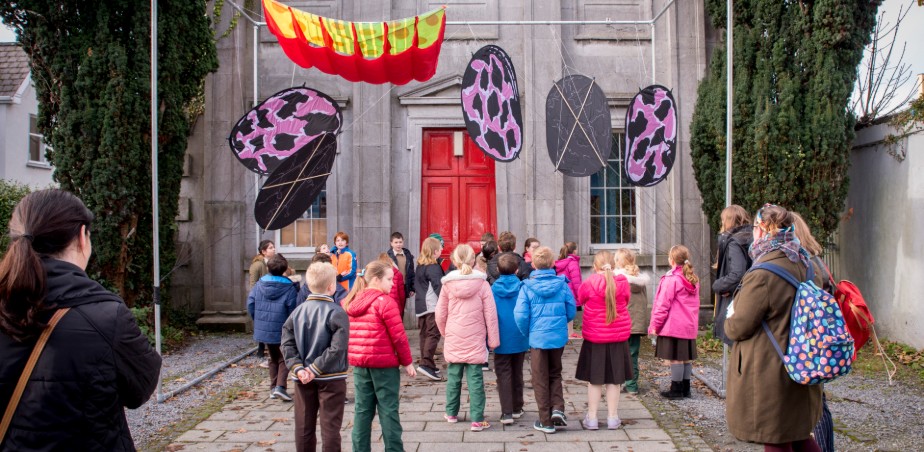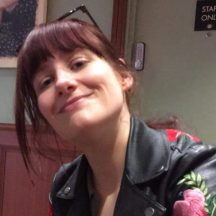Guest Blogger: Lucy Elvis Director of Curo & Visual Arts Curator – Blog No. 1

 Lucy Elvis is a director of CURO, a not-for-profit organisation committed to public philosophy. CURO helps communities think together more effectively by inviting them to become Communities of Philosophical Inquiry. CURO works in schools, libraries, galleries and festivals as well as organising clubs and camps that include scholarship streams for children from less privileged socio-economic backgrounds. They like to get people thinking in places where they least expect it and to listen to the ‘big ideas’ that matter to groups who often aren’t given a voice.
Lucy Elvis is a director of CURO, a not-for-profit organisation committed to public philosophy. CURO helps communities think together more effectively by inviting them to become Communities of Philosophical Inquiry. CURO works in schools, libraries, galleries and festivals as well as organising clubs and camps that include scholarship streams for children from less privileged socio-economic backgrounds. They like to get people thinking in places where they least expect it and to listen to the ‘big ideas’ that matter to groups who often aren’t given a voice.
When Lucy isn’t engaged in public philosophy, she is completing her PhD thesis and lecturing in Philosophy at NUI Galway. She is also an independent visual art curator and a board member of the TULCA Festival of Visual Art.
We thought we’d never ask…. – Blog 1
Often in our haste to increase engagement in arts education, we want to get children making. This is a liberating process: they meet makers, learn about their practice and have a go at creating work in that way these experiences are exciting, motivating and arguably help to create our future artists.
But, what about our future art audiences? Visual Thinking Strategies have dominated museum and gallery education programmes, and these have value too. They focus on looking slowly and carefully, getting lost in the work itself and wondering what it’s all about by answering the questions ‘What do you think is happening in the picture?’ and ‘Why?’
What happens though, when you allow young audiences to take charge? What new understanding can emerge by allowing them to frame the questions they are really wondering about after experiencing a play, roaming an exhibition, absorbing a story, watching a film or listening to some music?
This is what CURO aims to do when we think about art with our communities of young learners. Our focus is on reconnecting the experiences of art, with our experiences in and with the world using them to think deeply about questions that matter for everyone. So, where visual thinking strategies stay within the edges of the canvas and practice-oriented art interventions are focussed on making something, we encourage our communities to run with the work by devising a common, contestable and enduring question that it sparks for them.
In this process the group votes on one such question and enters into a structured dialogue to find a collective answer. Questions we’ve explored with communities include: ‘Is everyone creative?’ (inspired by the work of Sam Basu and Liz Murray), ‘Are there more than two genders?’ (sparked by Bassam Al Sabbah’s Walking, Walking with The Sun Upon my Back) and ‘Could we exist without negative emotions?’ (prompted by the experience of Richard Profit’s The Shortcut: Don’t Follow the Black Dog).
These fascinating questions are just the start of a process of exploring possible answers, the reasons for them and the imagined worlds where ‘that’s the case.’ In our next post, we’ll talk about the ‘how’ of structured dialogue and the creative thinking skills it can foster through the context of our work in Galway County Libraries.